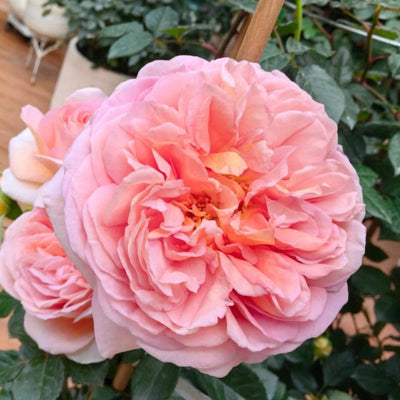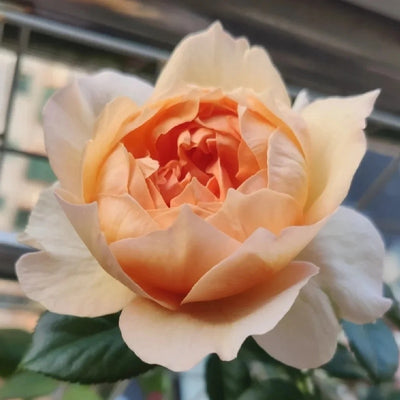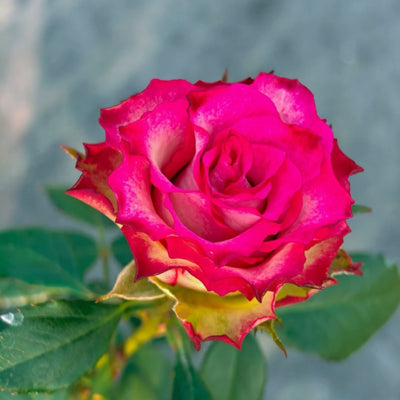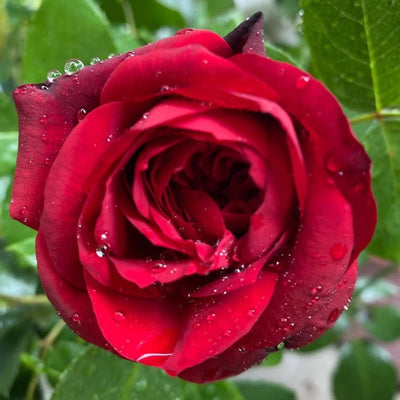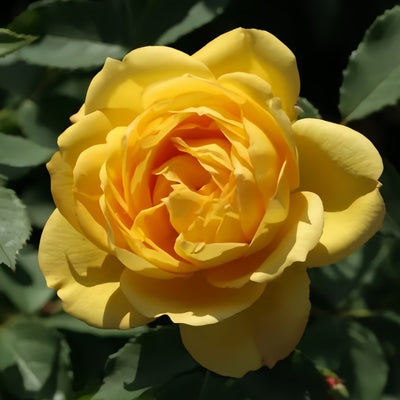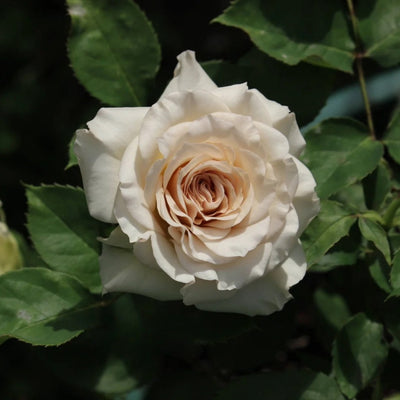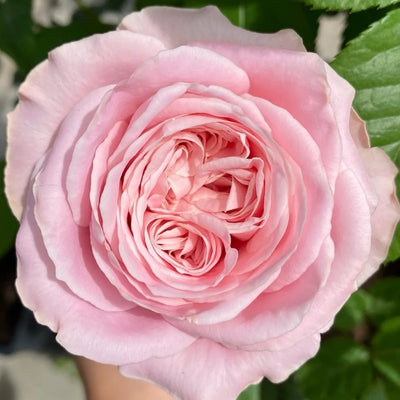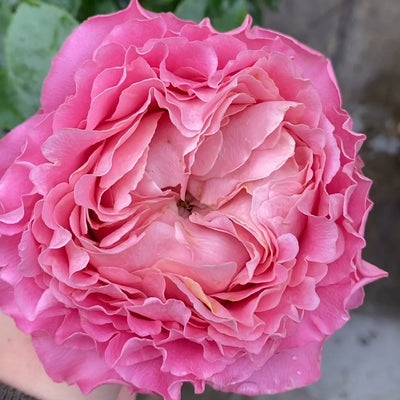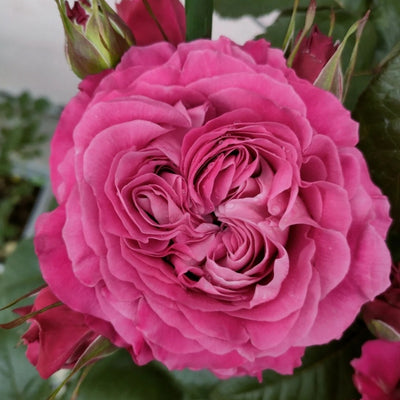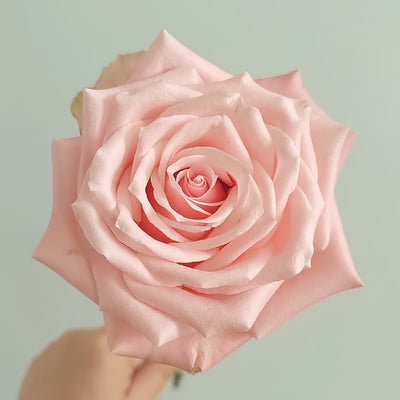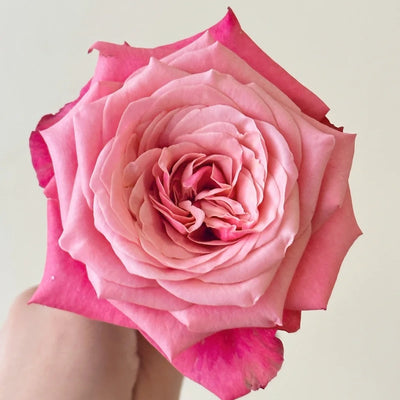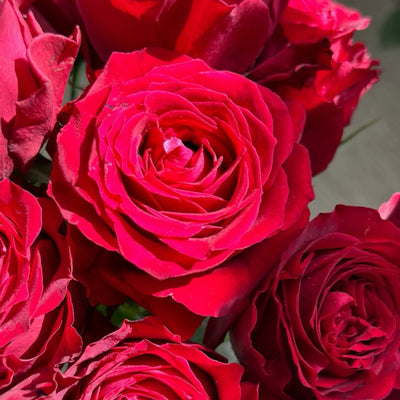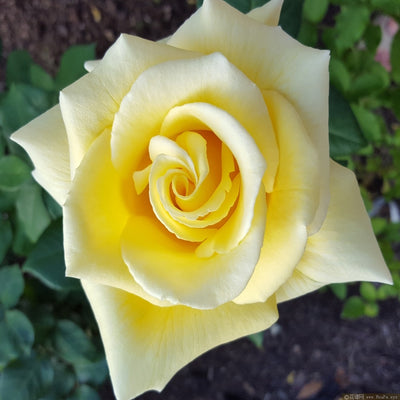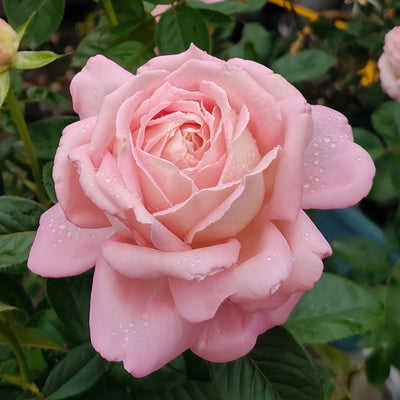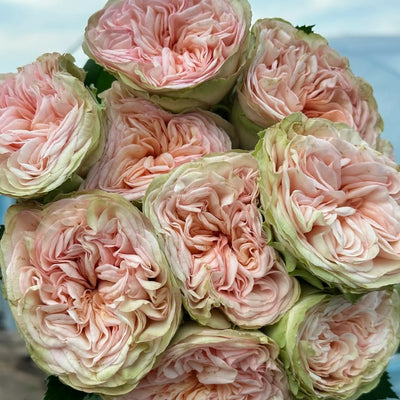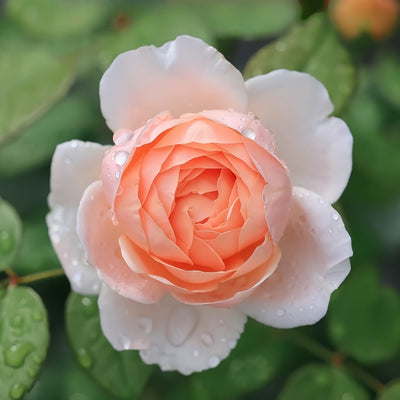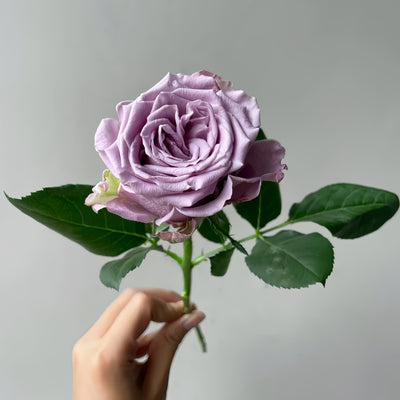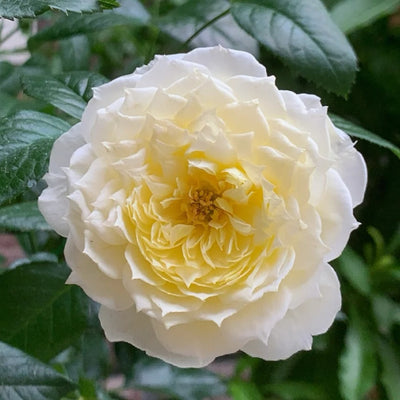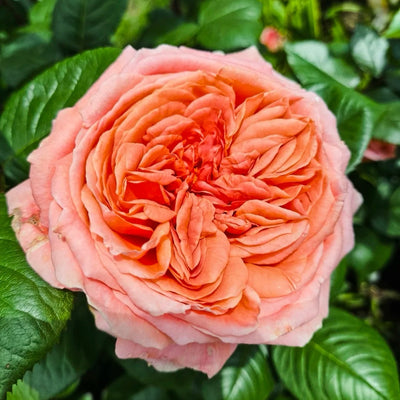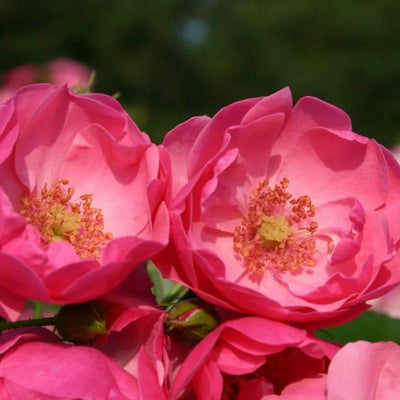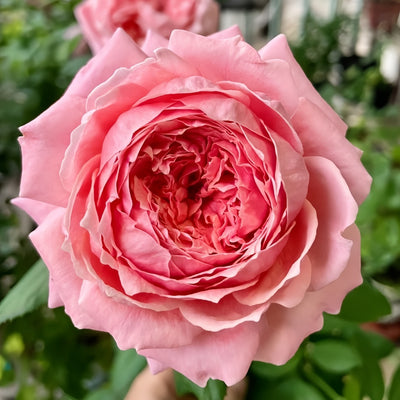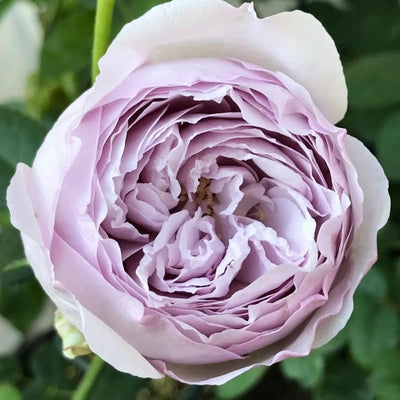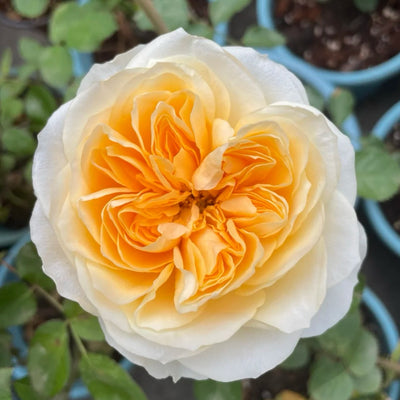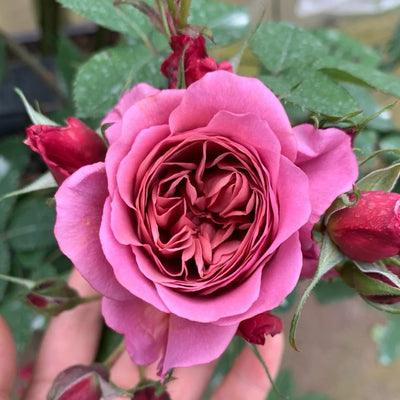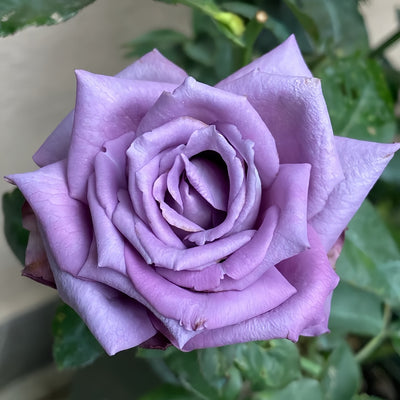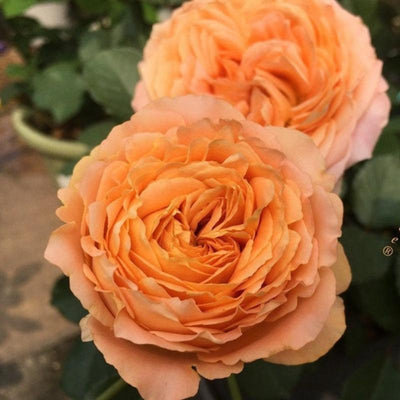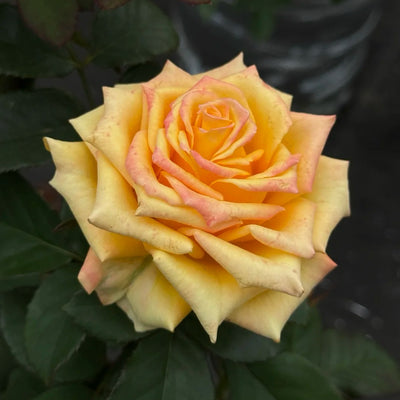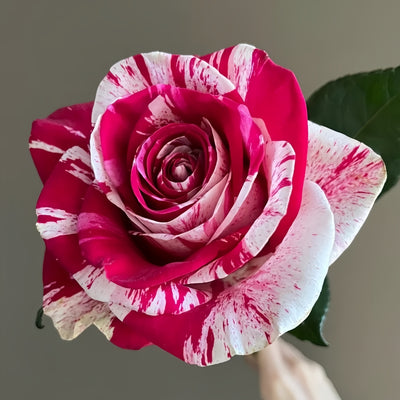🔥 Recommended Product
Fireworks Ruffle is a striking rose variety developed by Interplant, the Netherlands, known for its distinctive bloom shape and vibrant color changes. With slender, wavy petals and a form reminiscent of chrysanthemums or dahlias, Fireworks Ruffle rose offers a refreshing twist on traditional roses. If you're looking for a unique addition to your rose garden, this variety is certainly worth considering.

Flower Characteristics of Fireworks Ruffle Rose
Chrysanthemum-like shape: The petals are long, narrow, and frilled with ruffled edges, giving the rose a wavy appearance. When fully open, the bloom looks similar to a dahlia or chrysanthemum, making it a standout feature in any floral arrangement or garden setting.
Color transformation: Flowers begin with a soft light yellow base. As they mature, red streaks or patches gradually appear across the petals, while the yellow fades, resulting in a beautiful gradient of yellow and red. This dynamic color shift enhances its ornamental value.
Large bloom size: Each flower can reach up to 9 cm in diameter and typically features over 70 petals, creating a lush, full appearance.
Extended blooming period: This variety offers a longer flowering season, ensuring prolonged visual enjoyment throughout the growing cycle.
Fragrance: Medium-level elegant scent, not overpowering, but adds a delicate charm to its presence.
Care Tips for Fireworks Ruffle Roses

Full sunlight: Fireworks Ruffle roses thrive in bright environments. Place them in well-lit areas such as balconies, gardens, or patios. Even during summer, they do not require shading. Adequate light promotes vibrant blooms and healthy growth.
Watering: Maintain moist but well-drained soil. Water early in the morning or late in the evening to avoid midday heat. Prevent waterlogging, which can damage roots.
Fertilization: During the growing phase, use balanced fertilizers like Huaduoduo No. 2, cake fertilizer water, or potassium dihydrogen phosphate to enhance blooming. After flowering, switch to Huaduoduo No. 1 or an NPK compound fertilizer to support regrowth and reblooming.
Pruning: Remove spent blooms promptly to conserve nutrients and control height. Trim weak, thin, or dried branches to improve airflow and sunlight penetration. Conduct more extensive pruning after dormancy in autumn to rejuvenate the plant.
Ventilation: In hot and humid summer conditions, ensure proper air circulation around the plant to prevent pests and root rot. Avoid overcrowding and maintain spacing between plants for optimal growth.





















